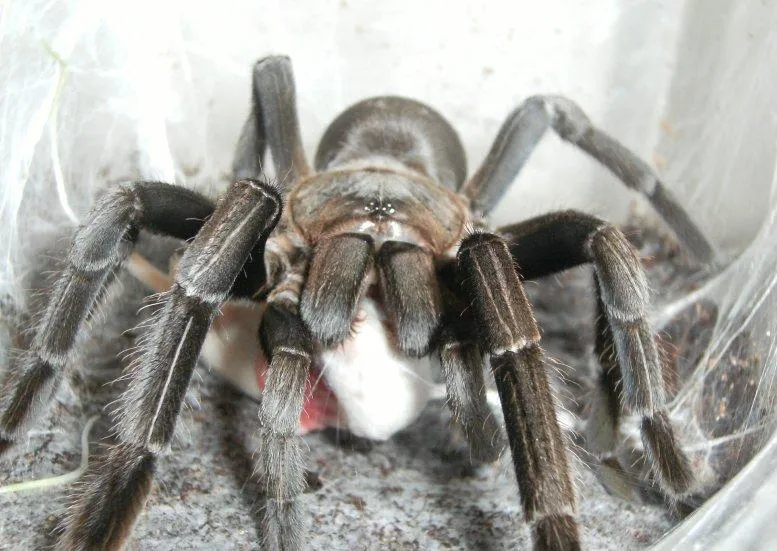Understanding Tarantula Feeding Frequency
Feeding your tarantula is a crucial aspect of its care, directly impacting its health, growth, and overall well-being. Unlike many pets that require daily feeding, tarantulas have slower metabolisms, and their feeding schedule varies significantly based on several factors. Understanding how often to feed your tarantula is the first step in providing optimal care. This guide delves into the specifics of tarantula feeding, covering the frequency, types of food, and essential considerations for a thriving pet spider. Feeding a tarantula is a delicate balance – too much can lead to health problems, while too little can stunt growth or cause stress. The frequency depends on the tarantula’s age, the type of tarantula, and environmental factors.
Factors Influencing Feeding Schedules
Several key factors affect how often you should feed your tarantula. These are crucial for determining the right schedule and ensuring your spider remains healthy and happy. It’s important to remember that every tarantula is an individual, and their needs may vary. Regular observation of your tarantula’s behavior and body condition will help you fine-tune the feeding schedule to its specific needs.
Tarantula Age and Growth Stage
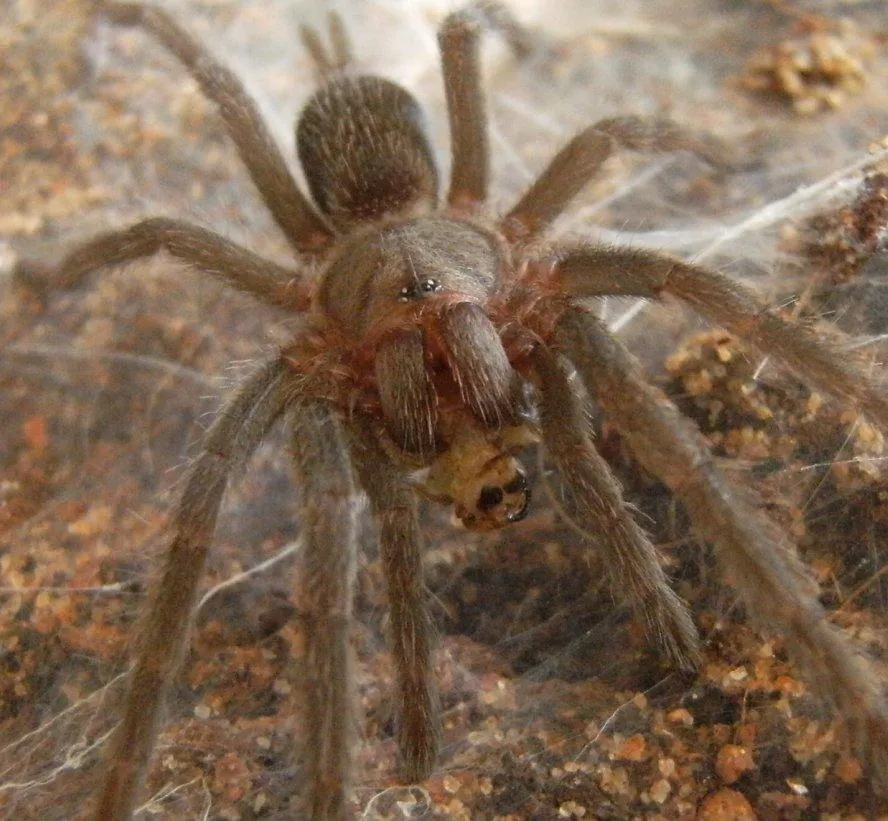
The age and growth stage of your tarantula significantly influence its feeding needs. Spiderlings, which are young tarantulas, have faster metabolisms and require more frequent feeding compared to adults. Spiderlings should be fed every other day to every three days, depending on their size and how quickly they are growing. As tarantulas mature, their feeding needs decrease. Sub-adults and adults can typically be fed once a week or even less frequently. Molting is also a significant factor; tarantulas often refuse food a few weeks before molting and should not be forced to eat during this time. After molting, they will be very hungry.
Environmental Conditions
Environmental conditions also play a role in determining how often to feed your tarantula. Temperature and humidity levels affect a tarantula’s metabolism. Warmer temperatures tend to speed up metabolism, meaning tarantulas might eat more frequently. In contrast, cooler temperatures can slow down metabolism, reducing the need for food. Humidity levels also indirectly influence feeding. If humidity is too low, the tarantula might be less active and eat less. The enclosure setup, including proper ventilation, also affects the environment and, consequently, the feeding schedule. Always monitor the conditions in your tarantula’s enclosure to adjust the feeding frequency accordingly.
Recognizing When Your Tarantula Is Hungry
Knowing when your tarantula is hungry is as important as understanding how often to feed it. While tarantulas don’t exhibit the same obvious hunger cues as some other pets, there are several indicators to watch for. Observing these signs helps you determine the right time to offer food and prevent overfeeding or underfeeding. Paying close attention to your tarantula’s behavior is critical to its health.
Signs of a Hungry Tarantula
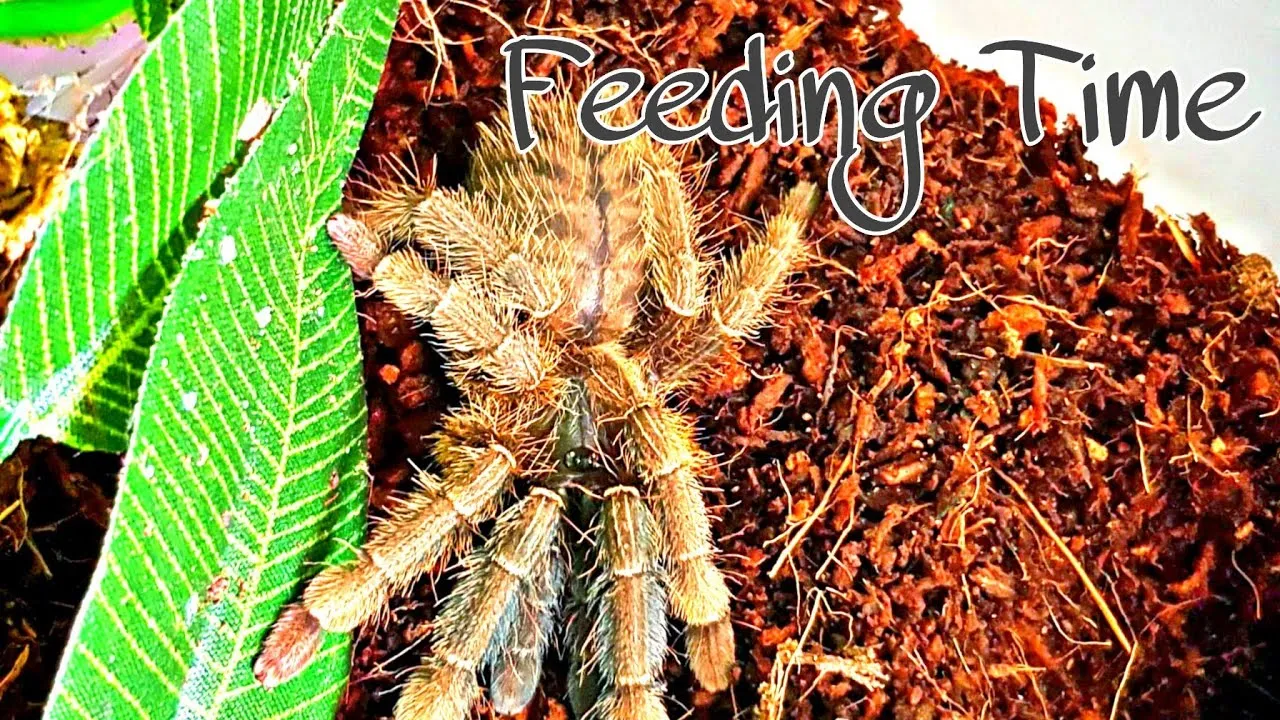
One of the primary indicators of hunger is the tarantula’s behavior. An actively hungry tarantula may be more likely to roam around its enclosure, appearing restless or exploratory. They might also show increased interest in their surroundings, actively investigating the environment. Another sign is the tarantula’s posture; they might adopt a more alert or upright stance, ready to pounce on prey. Watch for a strong feeding response when you offer food. A healthy, hungry tarantula will quickly seize the opportunity to eat. However, a refusal to eat, especially for several weeks, can also signal hunger or, more likely, an impending molt.
Overfeeding Risks
Overfeeding a tarantula can lead to a range of health problems. Because tarantulas are ambush predators and naturally conserve energy, their bodies are not designed to handle excessive food intake. Too much food can cause obesity, making it difficult for the tarantula to move and potentially leading to a shorter lifespan. Excessive feeding also puts extra strain on the spider’s internal organs, leading to various health complications. Always provide a varied and well-balanced diet. Overfeeding can also impact the molting process, sometimes causing difficulties or even death during molting. Monitoring your tarantula’s body condition and adjusting the feeding schedule accordingly is essential.
The Dangers of Overfeeding
Obesity is a primary concern with overfeeding, making the tarantula sluggish and less active. Fat deposits can accumulate, hindering the tarantula’s movement and agility. Overfed tarantulas may experience shorter lifespans due to the strain on their internal organs. Respiratory issues can also arise, as excessive fat can compress the internal organs. During molting, obese tarantulas may struggle to shed their exoskeleton. This can lead to serious complications, potentially resulting in death. Adjust the feeding frequency and the size of the prey items to prevent overfeeding. Regular observation and understanding your tarantula’s individual needs are essential.
What To Feed Your Tarantula
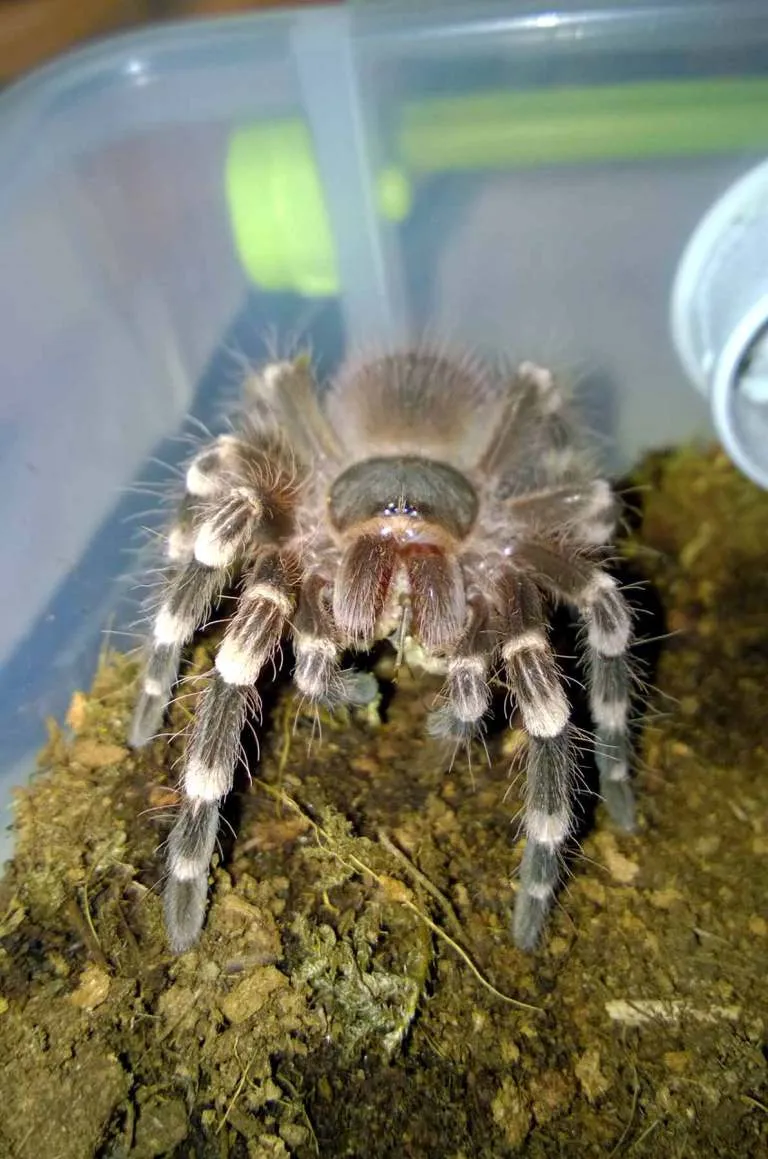
Choosing the right food for your tarantula is as critical as the feeding schedule. A varied and nutritious diet ensures your tarantula receives all the essential nutrients for healthy growth, development, and overall well-being. Common food sources for tarantulas include various insects, and the size of the prey should be appropriate for your spider’s size. It’s important to source food from reputable suppliers to minimize the risk of parasites or exposure to pesticides. Providing a well-rounded diet is a cornerstone of responsible tarantula ownership.
Appropriate Insect Choices
A tarantula’s diet primarily consists of insects. The type of insects you choose will significantly affect your tarantula’s health. It’s essential to select insects that are readily available, easy to care for, and nutritious. Crickets, roaches, mealworms, and superworms are among the most popular and readily available choices for tarantula owners. Always ensure the insects you feed are free from pesticides and other harmful chemicals.
Crickets
Crickets are a staple food source for many tarantula keepers. They are relatively easy to obtain and provide a good source of protein and chitin, essential for the tarantula’s exoskeleton. When selecting crickets, choose appropriately sized ones for your tarantula. The general rule is to offer prey items that are no larger than the tarantula’s body size. Gut-load the crickets before feeding them to your tarantula. This involves feeding the crickets nutritious foods, such as vegetables and commercial cricket feed, to increase their nutritional value. Crickets can be a bit tricky to keep alive, so ensure you have a proper enclosure and are feeding them well.
Roaches
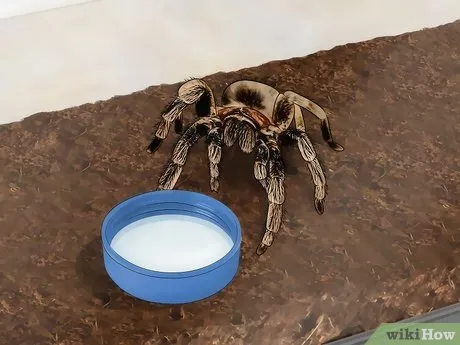
Roaches, such as dubia roaches, are another excellent food source. They offer a high nutritional value and are relatively easy to breed, making them a convenient option for tarantula keepers. Roaches are less likely to escape than crickets. They have a longer lifespan, so they’re less likely to die before your tarantula can eat them. Roaches are typically more nutritious than crickets, providing a balanced diet. The main downside is that some people are squeamish about roaches. However, for their nutritional benefits and ease of care, they’re a top choice. As with crickets, ensure you gut-load the roaches before feeding them.
Mealworms and Superworms
Mealworms and superworms are readily available and easy to keep. They offer a good source of protein. Mealworms are smaller and suitable for smaller tarantulas or spiderlings. Superworms are larger and more appropriate for adult tarantulas. These worms have a higher fat content compared to crickets and roaches, so they should be offered in moderation. Ensure that you gut-load the worms before feeding them, providing them with nutritious food. While convenient, mealworms and superworms should not be the sole food source for your tarantula, and they should be part of a varied diet. They can be a valuable supplement, but a diverse diet is the key to tarantula health.
Preparing and Offering Insects
Proper preparation and presentation of insects are essential for a tarantula’s diet. This involves several steps to ensure both the safety of the tarantula and the effectiveness of the feeding process. The methods you choose also play a role in preventing injury to the spider. Whether using crickets or roaches, correct preparation significantly contributes to the overall health of your tarantula.
Pre-Killing Prey
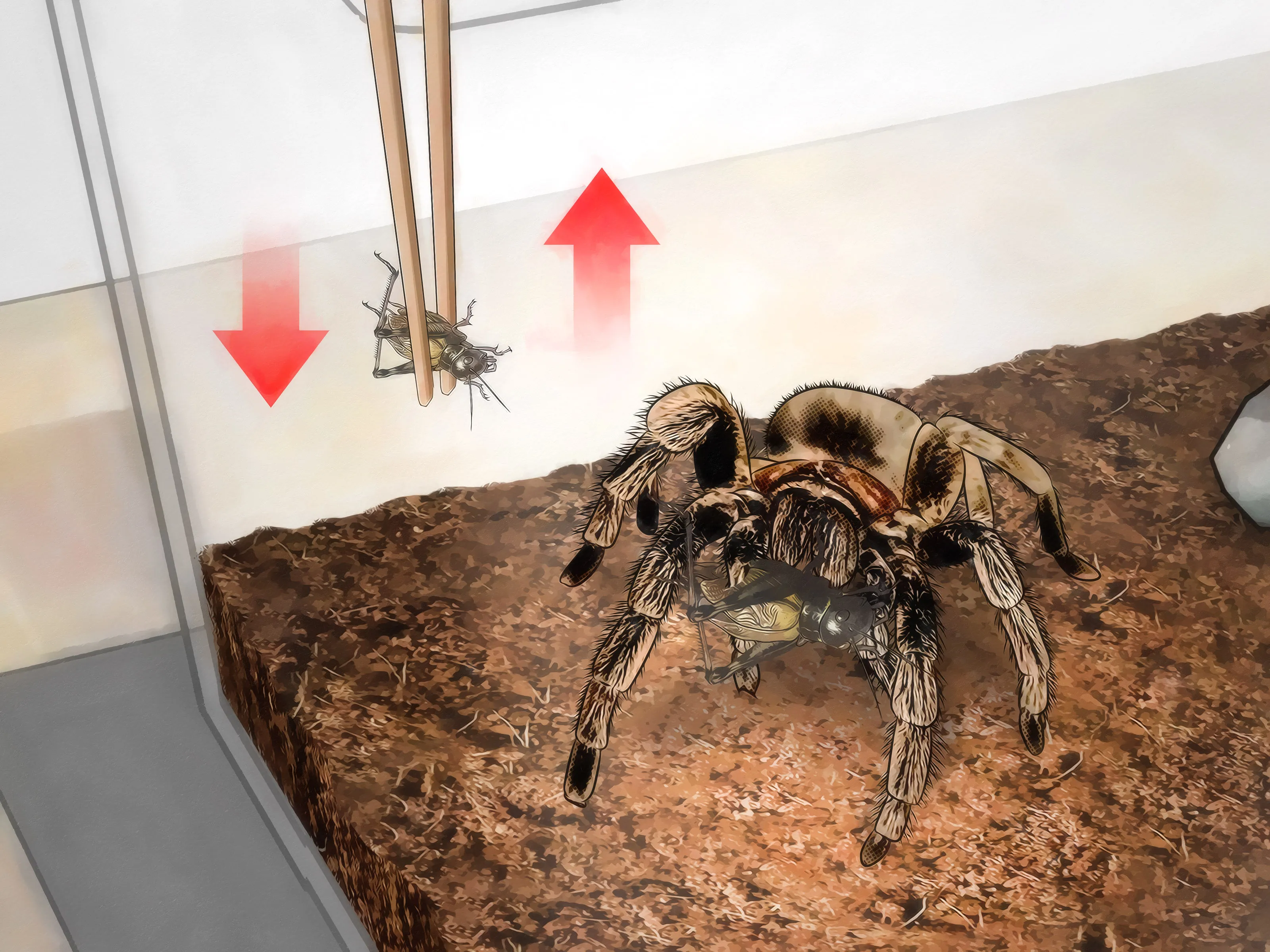
Pre-killing prey is often recommended for tarantulas, especially for those new to the hobby, and for smaller spiders. Live prey can sometimes injure a tarantula during the feeding process. Pre-killing the insects removes this risk. You can do this by crushing the head of the insect or freezing it briefly. For crickets and roaches, crushing their heads is the most common method. Freezing is a humane method of dispatching the insect quickly. The goal is to ensure the insect is no longer capable of movement or inflicting harm. Always ensure the prey is dead before offering it to your tarantula. This also prevents uneaten insects from hiding in the enclosure.
Removing Uneaten Food
Uneaten food should be removed from the tarantula’s enclosure within 24 hours. Leaving dead insects in the enclosure can lead to the growth of mold and bacteria, posing a health risk to your tarantula. Decomposing insects can also attract mites and other pests that may harm the spider. Regularly check your tarantula’s enclosure for any leftover food and remove it promptly. Use a pair of long tweezers to remove the food. This practice is essential for maintaining a clean and healthy environment for your tarantula.
Providing Water
Providing a clean water source is a crucial aspect of tarantula care, often overlooked in the context of feeding but essential for their health. Tarantulas get most of their hydration from the prey they eat, but they still need access to fresh water. A shallow water dish is an absolute necessity, especially for tarantulas kept in drier environments. Ensure the water dish is shallow enough to prevent drowning. Use a cotton ball or sponge in the water dish to provide a safe drinking surface for the tarantula. This ensures the tarantula can drink without risk and reduces the chance of drowning. Clean and refill the water dish regularly to prevent bacterial growth.
Supplementing Your Tarantula’s Diet
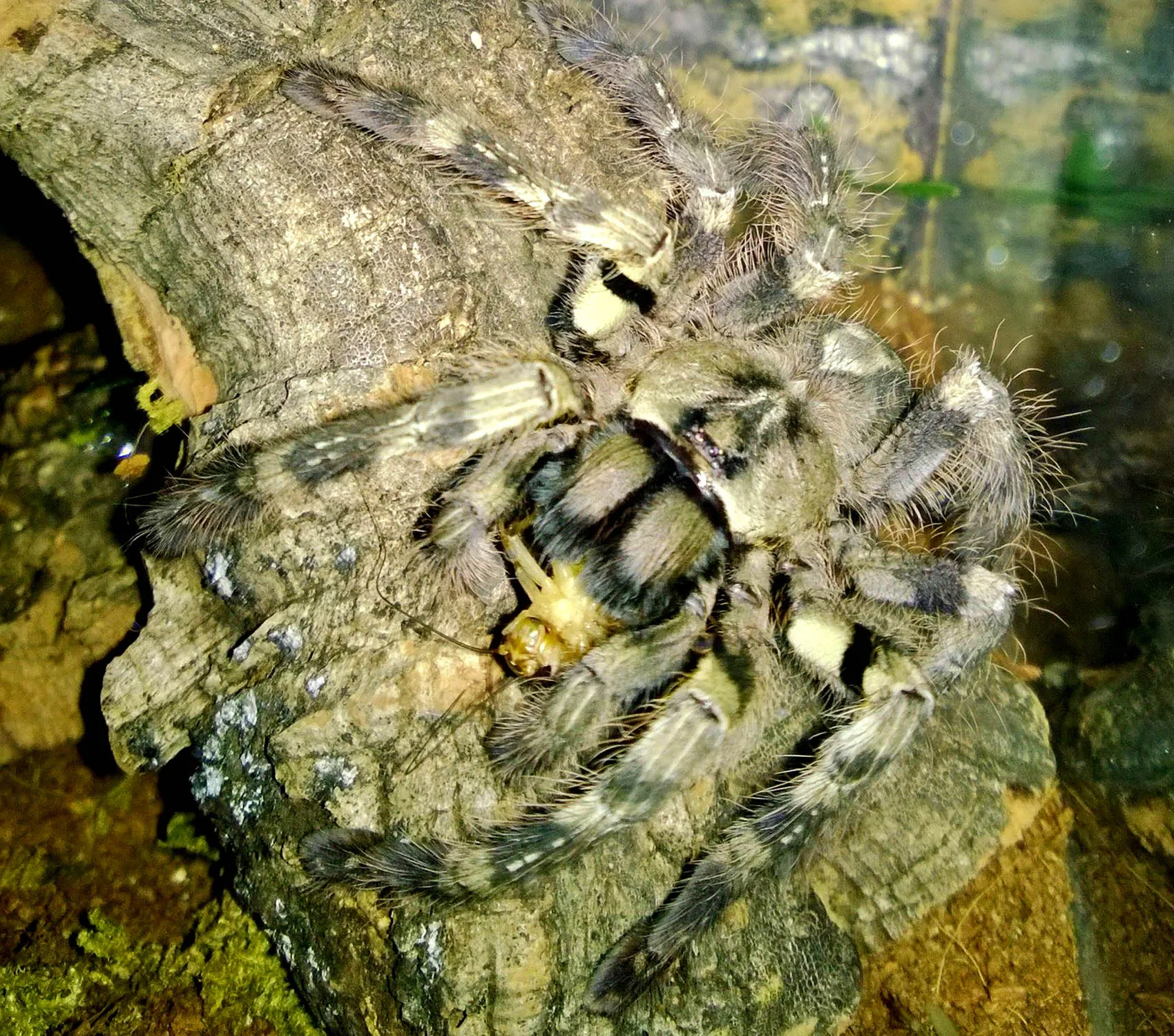
While insects form the core of a tarantula’s diet, some keepers opt to supplement this with vitamins and minerals. The use of supplements can further enhance the nutritional profile of your spider’s diet, ensuring they receive all essential nutrients. However, it’s important to understand the benefits, the correct use, and potential downsides before introducing supplements.
Vitamin and Calcium Supplements
Vitamin and calcium supplements can enhance the nutritional value of the insects you feed to your tarantula. Calcium supplements are often used to promote healthy exoskeletons, as calcium is a critical component of the exoskeleton. Multivitamin supplements can ensure that your tarantula receives all the necessary vitamins. Gut-loading the insects with these supplements before feeding them to your tarantula is a common practice. Dusting the insects with a calcium and vitamin powder is another method. The key is to ensure the supplements are appropriate for the tarantula and used in moderation, following the manufacturer’s instructions.
The Benefits of Supplements
Supplements can provide several benefits for your tarantula. They can help ensure your spider receives all essential vitamins and minerals, which are often difficult to obtain through a diet of insects alone. Supplements can help maintain a strong exoskeleton and promote healthy molting. They also help to prevent nutritional deficiencies that could lead to health problems. However, it’s essential to use supplements correctly and in moderation. Over-supplementation can be harmful, so always follow the manufacturer’s instructions and consult with a veterinarian specializing in exotic animals. Regularly observing your tarantula and its molting cycle will help you adjust the supplementation as needed.
Feeding Live Prey to Your Tarantula
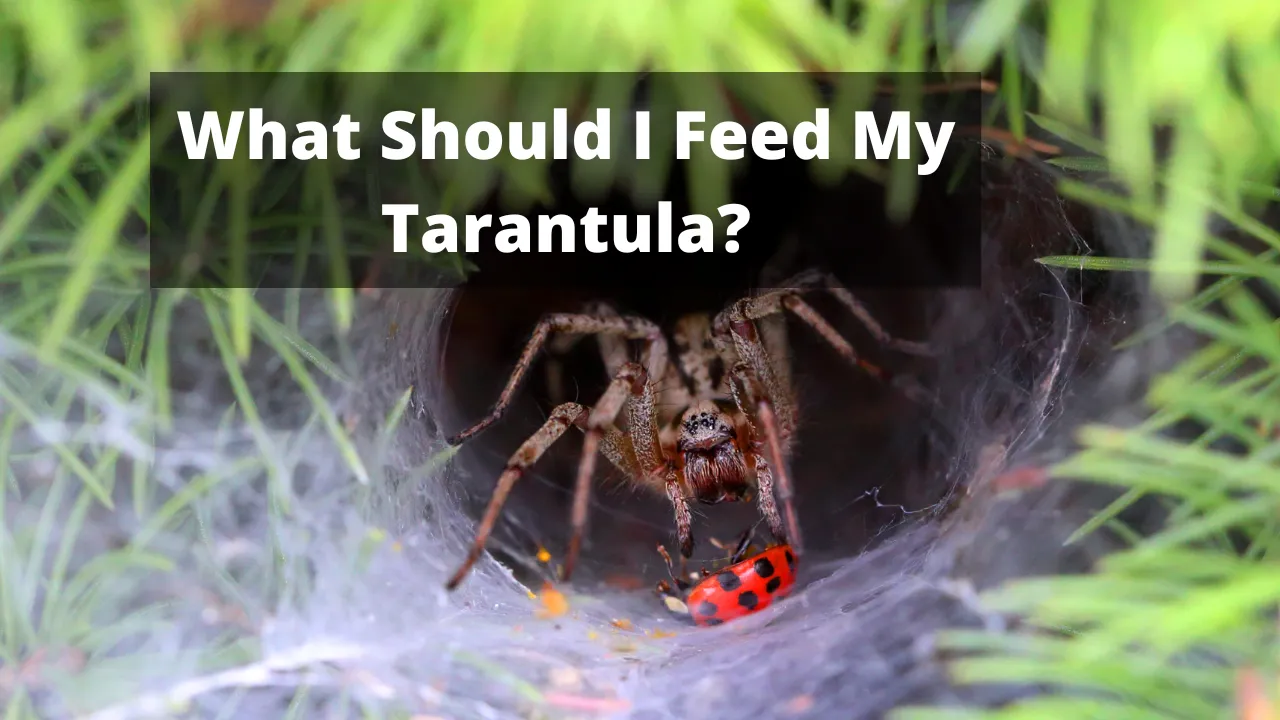
Feeding live prey is a natural and stimulating way to feed tarantulas, mirroring their natural feeding behavior in the wild. Watching a tarantula hunt and capture its prey is a fascinating aspect of tarantula keeping. However, feeding live prey comes with its own set of considerations, including potential risks and how to minimize them. Understanding the benefits and risks of feeding live prey is essential for responsible tarantula ownership.
The Benefits of Live Prey
Live prey offers several benefits to a tarantula. It stimulates the tarantula’s natural hunting instincts and can provide enrichment, making them more active. It also encourages a more natural feeding behavior. Live prey can also be a more nutritious option. Live insects, if properly gut-loaded, will often have more nutrients than dead ones. Tarantulas often exhibit a stronger feeding response to live prey, making it easier to assess their appetite and health. The activity of hunting live prey is good for the tarantula’s physical well-being and can reduce stress.
Handling Live Prey Safely
Feeding live prey to your tarantula requires caution. There is a potential risk of the prey biting or injuring the tarantula, especially if the prey is larger or more aggressive. Always supervise the feeding process to ensure the prey doesn’t harm the tarantula. Remove any uneaten prey after 24 hours to prevent the prey from stressing or potentially harming the tarantula. Proper enclosure design and the right prey choices are critical to minimize risks. Using the correct-sized prey and removing uneaten food reduces the chance of complications. Observe your tarantula during feeding. Choose appropriate prey items, and use pre-killed prey to minimize the risk of injury.
Conclusion
Feeding your tarantula is a rewarding experience. By understanding the feeding frequency, appropriate food choices, and other crucial considerations, you can help ensure your tarantula lives a long, healthy, and fulfilling life. Feeding frequency is guided by age and environmental conditions. A varied diet of insects, supplemented by vitamins, will keep your tarantula healthy. Monitor your tarantula, and learn to adjust your approach to meet its individual needs. Providing proper food and a good environment are key for a happy tarantula.
